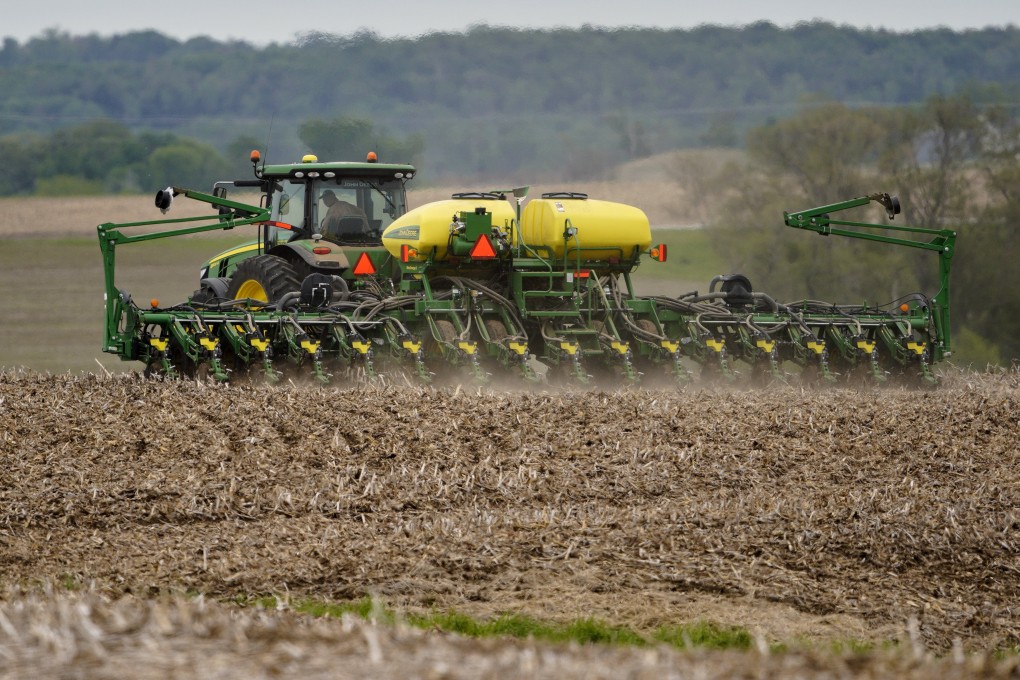China trade: imports of US soybeans rise as Ukraine war, South America drought limit sources
- China has been importing millions more metric tonnes of soybeans in recent months than its past average
- World’s top importer of soybeans is looking to protect and bolster its supply chain as food-security fears mount

US soybean exports to China are leading their five-year average this year, as the war in Ukraine and drought in South America hamper alternative sources, according to an industry body.
American soybean producers shipped 27.3 million metric tonnes to China from September 1 to April 22, said Scott Gerlt, an economist with the American Soybean Association.
Over the past five years, Gerlt said, China ordered 22 million to 23 million metric tonnes in the September-April periods.
Russia’s war in Ukraine has cramped China-bound exports of wheat, corn and sunflower oil from the two farm-rich countries, he said, in turn raising prices of soybeans as a substitute. Four-fifths of US soybeans are processed into livestock feed and the rest into vegetable oil.
China was hoping in 2019 that Russia could step up “soybean cooperation”, Chinese media outlet Yicai Global said at the time, quoting a Ministry of Commerce spokesperson.